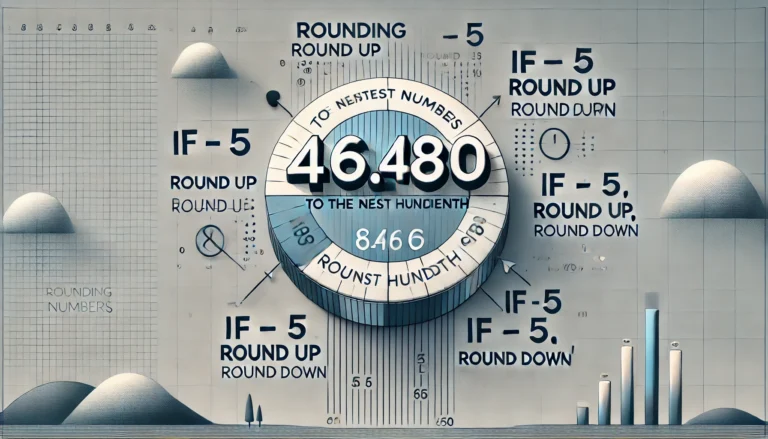
Introduction
Gold IRAs have become increasingly popular as a way to diversify retirement portfolios and hedge against economic uncertainties. However, there may come a time when you want or need to sell a Gold IRA to free up cash or shift your investment strategy. Understanding how to navigate the process of selling a Gold IRA is crucial to ensuring you maximize your returns while minimizing potential tax liabilities. In this guide, we’ll walk you through the key steps, tips, and considerations when it comes to sell a Gold IRA.
What is a Gold IRA?
Sell a Gold IRA is a self-directed Individual Retirement Account (IRA) that allows you to invest in physical gold, silver, and other precious metals. This type of IRA functions similarly to a traditional or Roth IRA, except instead of holding paper assets like stocks and bonds, your investments are in physical precious metals.
Why Sell a Gold IRA?
While gold is considered a reliable store of value, there are several reasons why an investor might choose to sell their Gold IRA:
- Profit-taking: If the price of gold has significantly appreciated since you purchased it, you may want to sell some or all of your holdings to lock in profits.
- Financial needs: Life events such as buying a home, medical expenses, or funding your children’s education might require liquidating assets.
- Changing investment strategy: You may decide to shift your focus from precious metals to other asset classes like stocks, real estate, or bonds.
- Retirement distributions: When you reach the age of 73, the IRS requires you to take Required Minimum Distributions (RMDs) from your traditional IRAs, including Gold IRAs.
How to Sell a Gold IRA
Selling a Gold IRA involves several steps that require careful planning. Here’s a breakdown of the process to help you get started. Liquidate a gold IRA
1. Contact Your IRA Custodian
The first step in selling your Gold IRA is to contact your custodian, the institution responsible for holding your account. You’ll need to inform them that you’re interested in selling and determine the requirements and fees associated with the sale.
2. Choose a Buyer
Once you’ve communicated with your custodian, the next step is finding a reputable buyer for your gold. You can either sell your gold to the company managing your IRA or to a third party. Many IRA custodians have a list of approved dealers or offer buy-back programs, making it easier to sell the metals directly.
Make sure to research potential buyers thoroughly and verify that they have a good reputation in the market. Look for dealers who are members of industry organizations such as the American Numismatic Association (ANA) or the Professional Numismatists Guild (PNG).
3. Market Timing
Gold prices fluctuate daily based on global economic factors, demand, and supply. Before selling, it’s essential to consider the current market conditions to determine if it’s the right time to sell. Monitoring the gold market trends will help you decide whether to hold onto your investment or sell it at a more favorable time.
4. Understand the Fees
Selling a Gold IRA may come with various fees, including liquidation fees, custodian fees, and possibly shipping costs if your gold needs to be transported. Make sure you understand these costs beforehand to avoid surprises. It’s also important to check whether your IRA custodian charges any penalties for early withdrawals if you are under the age of 59½.
5. Tax Implications
When selling a Gold IRA, it’s essential to understand the tax consequences. The IRS treats withdrawals from traditional IRAs, including Gold IRAs, as ordinary income, so you will owe income tax on the sale. Additionally, if you are younger than 59½, you could face a 10% early withdrawal penalty.
If you hold a Roth Gold IRA, you won’t owe taxes on qualified distributions as long as you meet the age and holding period requirements. Consulting a tax advisor before selling your Gold IRA can help you navigate these tax issues effectively.
6. Withdraw the Funds
Once you’ve sold your gold, the proceeds will typically be deposited back into your IRA account. From there, you can decide whether to reinvest in other assets or take a distribution. Keep in mind that if you take a distribution, it may be subject to taxes and penalties depending on your age and the type of IRA you hold.
7. Report the Sale on Your Taxes
Finally, when tax season comes around, you’ll need to report the sale of your Gold IRA on your income tax return. Your IRA custodian will provide you with the necessary tax documents (such as a 1099-R form) that indicate how much you withdrew or sold from the account.
Tips for Maximizing Your Returns
Selling a Gold IRA can be a smart move if done correctly. Here are a few tips to help you get the most out of the sale:
- Monitor Gold Prices: Keep an eye on the gold market to sell at a time when prices are high.
- Plan for Taxes: Understanding the tax implications beforehand can help you avoid costly surprises when it’s time to file your return.
- Avoid Emotional Decisions: Selling based on market volatility or fear can result in missed opportunities. Take a strategic, long-term approach to selling your gold.
- Reinvest the Proceeds: If you don’t need the cash immediately, consider reinvesting the proceeds into other asset classes to maintain a diversified portfolio.
Conclusion
Sell a Gold IRA requires careful consideration of market timing, fees, taxes, and your long-term financial goals. By following the right steps and consulting with financial professionals, you can ensure that the sale of your Gold IRA is smooth and beneficial to your overall portfolio strategy. Whether you’re selling to diversify your investments, cash in on profits, or meet financial needs, understanding the process will help you make informed decisions.




